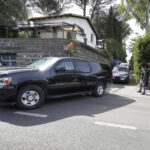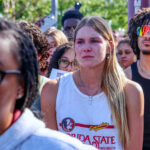As omicron gets us in its iron grip, emergency services are feeling the strain, vaccine mandates are depleting first responder numbers all over the nation as those who refuse to be forced to put something in their bodies are pushed to quit their jobs or are outright fired. There is no doubt that the COVID-19 pandemic has turned life upside-down in the last two years, and things have gotten even more serious since the new omicron variant arrived on the scene, even though it is not as deadly as earlier versions, it spreads much faster and can overwhelm those most vulnerable. As reported by the AP:
The current explosion of COVID-19 omicron infections in the U.S. is causing a breakdown in basic functions and emergency services
Ambulances in Kansas speed toward hospitals then suddenly change direction because hospitals are full. Employee shortages in New York City cause delays in trash and subway services and diminish the ranks of firefighters and emergency workers. Airport officials shut down security checkpoints at the biggest terminal in Phoenix and schools across the nation struggle to find teachers for their classrooms.
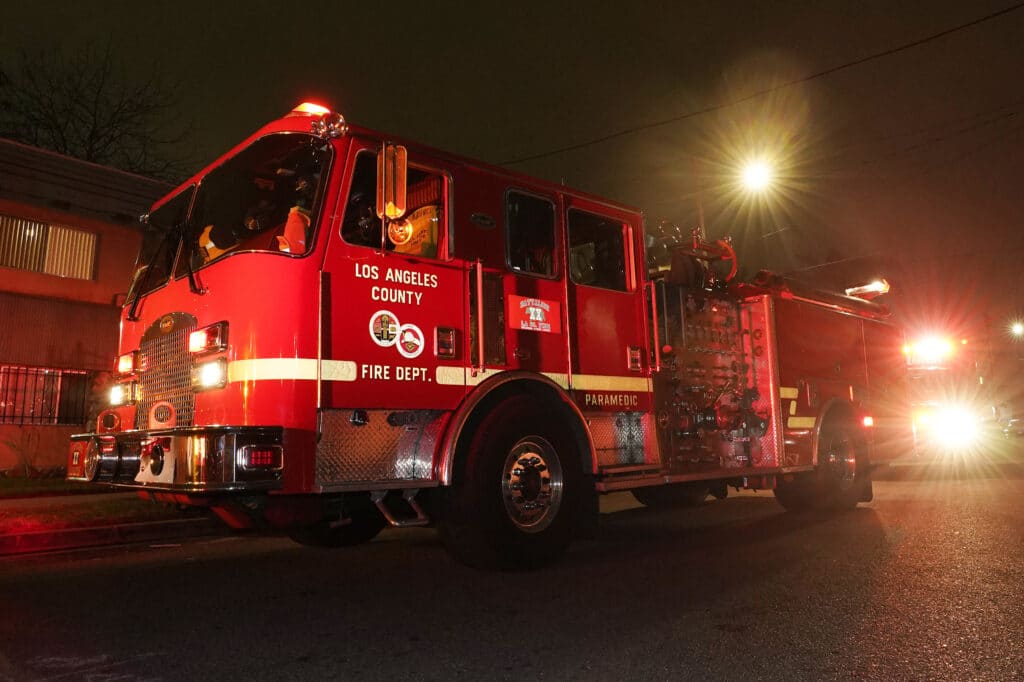
The current explosion of omicron-fueled coronavirus infections in the U.S. is causing a breakdown in basic functions and services — the latest illustration of how COVID-19 keeps upending life more than two years into the pandemic.
“This really does, I think, remind everyone of when COVID-19 first appeared and there were such major disruptions across every part of our normal life,” said Tom Cotter, director of emergency response and preparedness at the global health nonprofit Project HOPE. “And the unfortunate reality is, there’s no way of predicting what will happen next until we get our vaccination numbers — globally — up.”
First responders, hospitals, schools and government agencies have employed an all-hands-on-deck approach to keep the public safe, but they are worried how much longer they can keep it up.
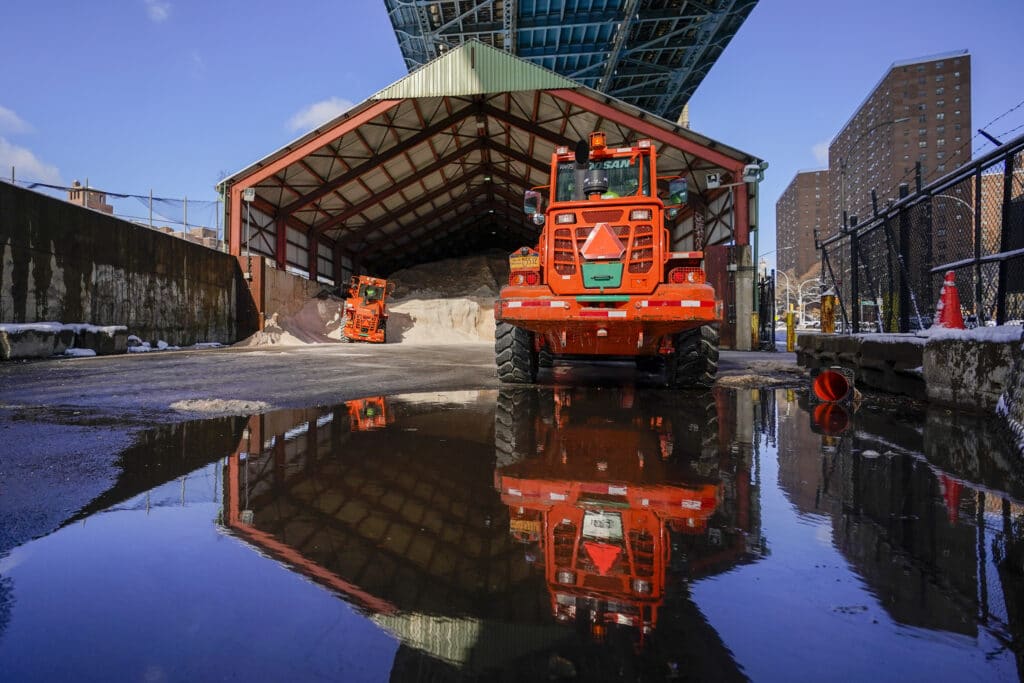
In Kansas’ Johnson County, paramedics are working 80 hours a week. Ambulances have frequently been forced to alter their course when the hospitals they’re heading to tell them they’re too overwhelmed to help, confusing the patients’ already anxious family members driving behind them. When the ambulances arrive at hospitals, some of their emergency patients end up in waiting rooms because there are no beds.
Dr. Steve Stites, chief medical officer for the University of Kansas Hospital, said when the leader of a rural hospital had no place to send its dialysis patients this week, the hospital’s staff consulted a textbook and “tried to put in some catheters and figure out how to do it.”
Medical facilities have been hit by a “double whammy,” he said. The number of COVID-19 patients at the University of Kansas Hospital rose from 40 on Dec. 1 to 139 on Friday. At the same time, more than 900 employees have been sickened with COVID-19 or are awaiting test results — 7% of the hospital’s 13,500-person workforce.
“What my hope is and what we’re going to cross our fingers around is that as it peaks … maybe it’ll have the same rapid fall we saw in South Africa,” Stites said, referring to the swiftness with which the number of cases fell in that country. “We don’t know that. That’s just hope.”
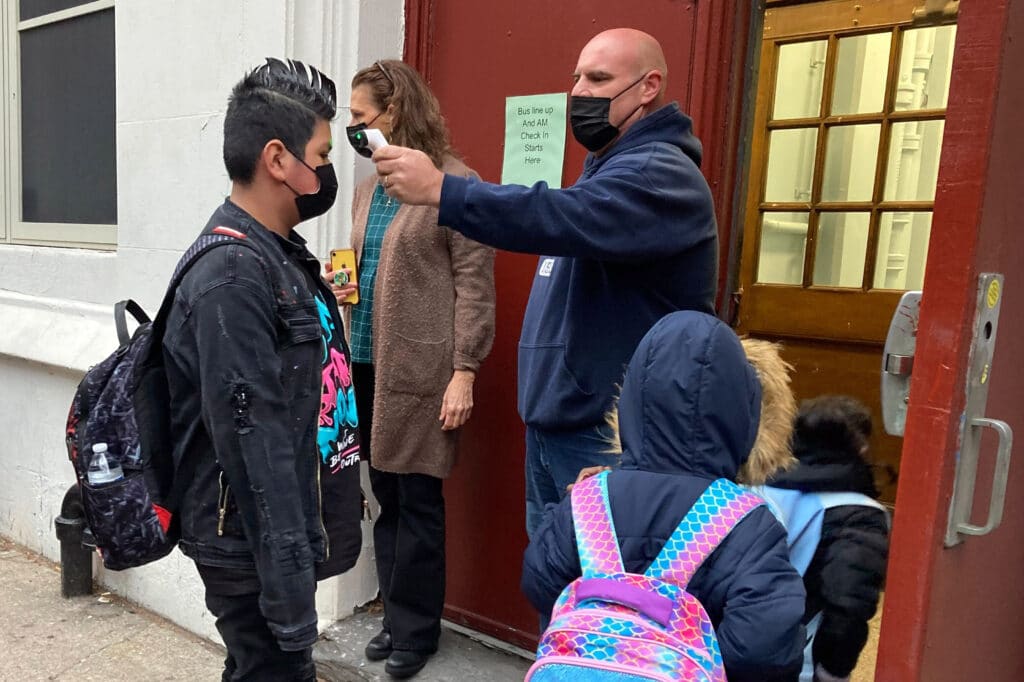
The omicron variant spreads even more easily than other coronavirus strains, and has already become dominant in many countries. It also more readily infects those who have been vaccinated or had previously been infected by prior versions of the virus. However, early studies show omicron is less likely to cause severe illness than the previous delta variant, and vaccination and a booster still offer strong protection from serious illness, hospitalization and death.
Still, its easy transmissibility has led to skyrocketing cases in the U.S., which is affecting businesses, government offices and public services alike.
In downtown Boise, Idaho, customers were queued up outside a pharmacy before it opened Friday morning and before long, the line wound throughout the large drugstore. Pharmacies have been slammed by staffing shortages, either because employees are out sick or have left altogether.
Pharmacy technician Anecia Mascorro said that prior to the pandemic, the Sav-On Pharmacy where she works always had prescriptions ready for the next day. Now, it’s taking a lot longer to fill the hundreds of orders that are pouring in.
“The demand is crazy — everybody’s not getting their scripts fast enough, so they keep transferring to us,” Mascorro said.
In Los Angeles, more than 800 police and fire personnel were sidelined because of the virus as of Thursday, causing slightly longer ambulance and fire response times.
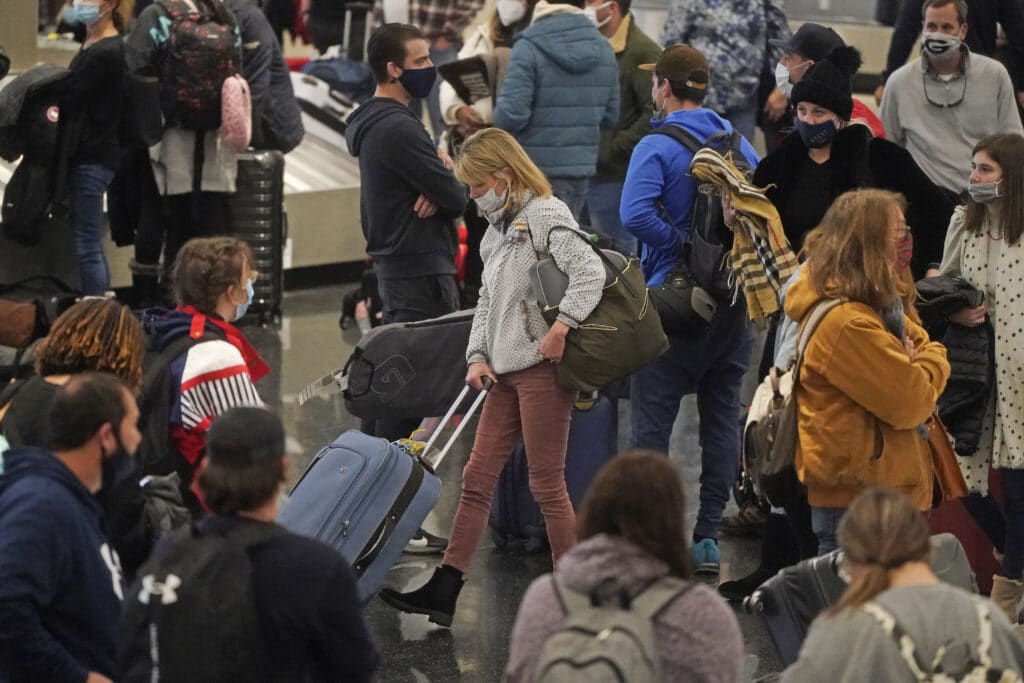
In New York City, officials have had to delay or scale back trash and subway services because of a virus-fueled staffing hemorrhage. The Metropolitan Transportation Authority said about one-fifth of subway operators and conductors — 1,300 people — have been absent in recent days. Almost one-fourth of the city sanitation department’s workers were out sick Thursday, Sanitation Commissioner Edward Grayson said.
“Everybody’s working ’round the clock, 12-hour shifts,” Grayson said.
The city’s fire department also has adjusted for higher absences. Officials said Thursday that 28% of EMS workers were out sick, compared with about 8% to 10% on a normal day. Twice as many firefighters as usual were also absent.
In contrast, the police department saw its sick rate fall over the past week, officials said.
At Phoenix Sky Harbor International Airport, two checkpoints at the airport’s busiest terminal were shut down because not enough Transportation Security Administration agents showed up for work, according to statements from airport and TSA officials.
Meanwhile, schools from coast to coast tried to maintain in-person instruction despite massive teacher absences. In Chicago, a tense standoff between the school district and teachers union over remote learning and COVID-19 safety protocols led to classes being canceled over the past three days. In San Francisco, nearly 900 educators and aides called in sick Thursday.
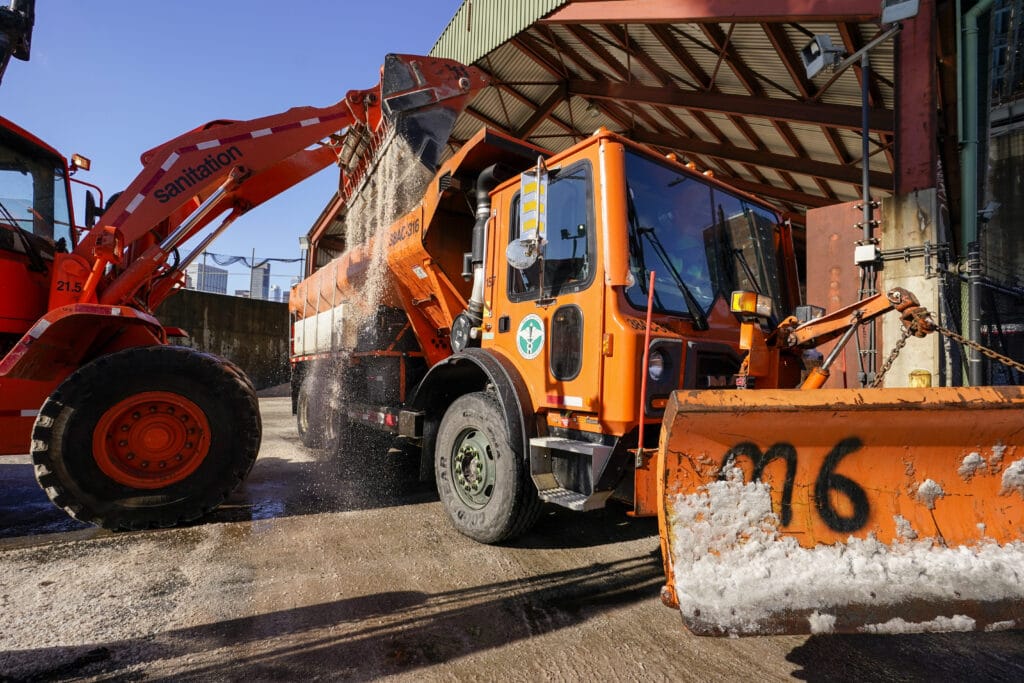
In Hawaii, where public schools are under one statewide district, 1,600 teachers and staff were absent Wednesday because of illness or pre-arranged vacation or leave. The state’s teachers union criticized education officials for not better preparing for the ensuing void. Osa Tui Jr., head of the Hawaii State Teachers Association, said counselors and security guards were being pulled to go “babysit a classroom.”
“That is very inappropriate,” Tui said at a news conference. “To have this model where there are so many teachers out and for the department to say, ‘Send your kid’ to a classroom that doesn’t have a teacher, what’s the point of that?”
In New Haven, Connecticut, where hundreds of teachers have been out each day this week, administrators have helped to cover classrooms. Some teachers say they appreciate that, but that it can be confusing for students, adding to the physical and mental stress they’re already feeling because of the pandemic.
“We’ve already been tested so much. How much can the rubber band stretch here?” asked Leslie Blatteau, president of the New Haven Federation of Teachers.
By JENNIFER SINCO KELLEHER and TERRY TANG
Kelleher reported from Honolulu. Tang reported from Phoenix. Writers Rebecca Boone in Boise, Idaho; Paul Davenport in Phoenix; Heather Hollingsworth in Mission, Kansas; Michelle L. Price, David Porter and Michael R. Sisak in New York; and Michael Melia in Hartford, Connecticut, contributed to this report.




